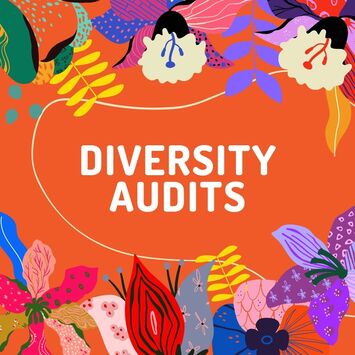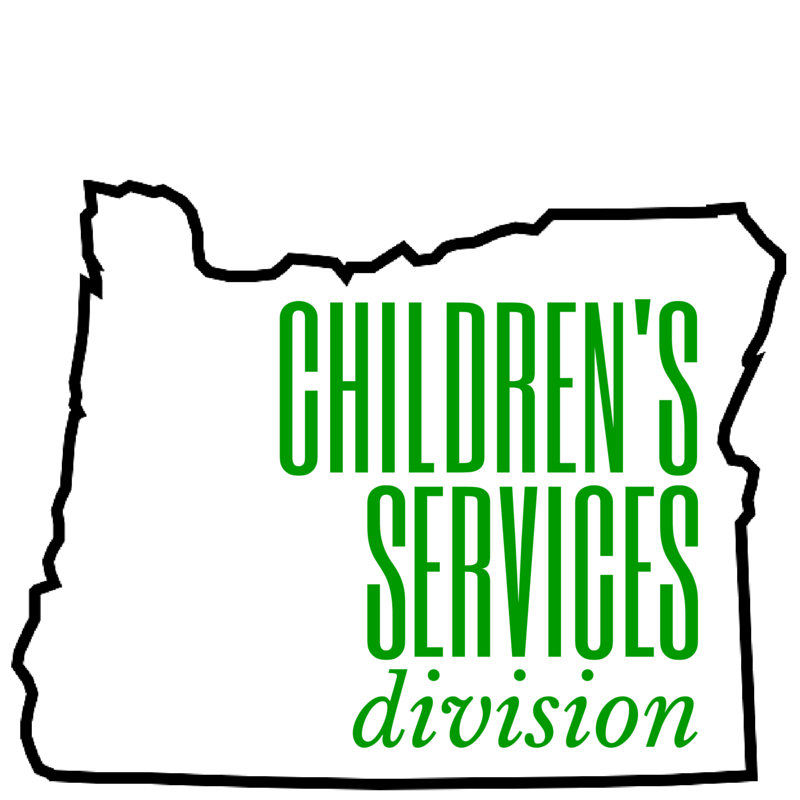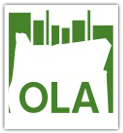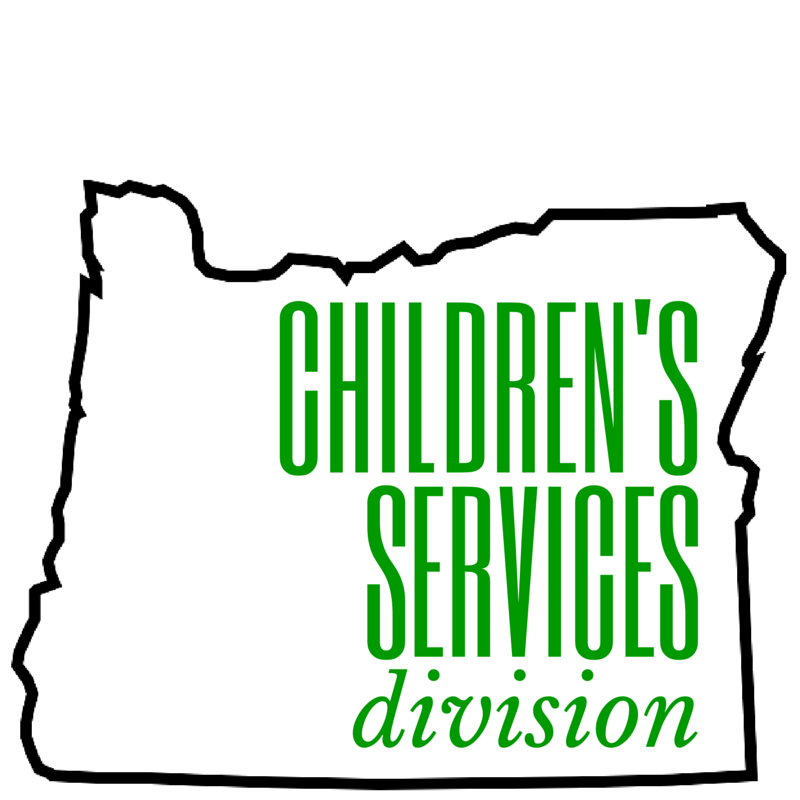 The Children's Services Division is offering membership scholarships to develop cultural and geographical diversity in our membership. CSD supports OLA's Equity, Diversity and Inclusion initiatives. Our intention is to improve the recruitment and retention of members from diverse cultural/ethnic backgrounds and/or historically marginalized and underrepresented groups. For more information and link to application go to our Scholarships page. AuthorTara Morissette
0 Comments
 A few years ago, Martín Blasco from Washington County Cooperative Services (WCCLS) coordinated a group of staff from most of the member libraries to take a course offered by Library Journal called Diversity and Cultural Competency Training: Collections and Readers Advisory. This was before Covid, so we met as a group and discussed the class as we went along. (We even had SNACKS.) One aspect of this course dealt with how to do a diversity audit of a young adult collection. I am definitely not a diversity expert and I’m not a diversity audit expert. I am someone from a small, rural library who took a course and audited a collection, and I’d like to share some of what I took away from the experience. Undertaking a diversity audit of your library collection can sound like a truly daunting, impossible task. In fact, it IS daunting to consider putting every title in your building under the intense scrutiny required by a diversity audit. Even in my little library, we have over 30,000 items. Fortunately, you don’t have to do the whole building and you don’t have to do it alone! Before undertaking an audit of your collections, I think it’s important to know WHY you’re doing the audit and what you hope to do with the information. Knowing why you’re doing it can help to motivate you and help to focus your audit. Are there collections you are planning to refresh? Are there collections that you think need to be more diverse? Or is there a particular segment of your service population that you want to make sure you have relevant books for? Setting up and conducting the audit was fairly simple for our library. We exported the collection data (Title, author, publication date) into an Excel spreadsheet. We then added columns after the title to enter a “1” for each type of diversity represented by the book. Similarly, the math was pretty simple. If you have 100 books and 20 of them are categorized as diverse, you have a 20% diversity rating. For our library, it made sense to print the spreadsheet and check the boxes by hand. Then a different person updated the spreadsheet with the notes and did the math. You could also split the collection into sections and share it among different staff. It’s a great project to work on a little bit at a time, when you have a little down time. It took me about 6 weeks to complete an audit of about 2000 books
Going forward, instead of doing more diversity audits of different collections, we decided to focus on making sure that every time we order, we do so with diversity in mind. In this way, we can address diversity across all of the library’s collections on a regular basis. For most books in the library, the time of purchase is when we are most involved with the content of the book, so that makes it a perfect time to address its diversity (or lack thereof). Our main selector specifically looks for diverse book lists and regularly uses content from the We Need Diverse Books blog and Lee & Low Books. The final piece that we added to our collections procedures is to take diversity into mind when weeding. If a high-quality diverse title hasn’t circulated, we give it more time than we would a non-diverse title, and we check to see if we’ve been putting it on display, including it on reading lists and otherwise giving it a good chance to circulate. On the flip side, we try to weed books with harmful stereotypes or outdated, overused tropes as soon as possible. For more information:
AuthorSusan Cackler |
OLA Home Don't miss a beat! Stay current with kids-lib, CSD's electronic mailing list.
Archives
May 2024
Categories
All
|
|
Contact Us
Join Children's Services Division! Contact [email protected] for membership information. The purpose of this site is to improve communication among Division members, publicize Division events and activities, introduce new and prospective members to the Division, and to link to useful Internet sites. Bylaws & Award Procedures |


 RSS Feed
RSS Feed

